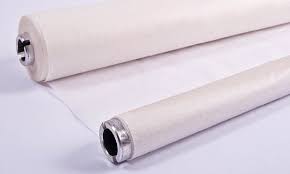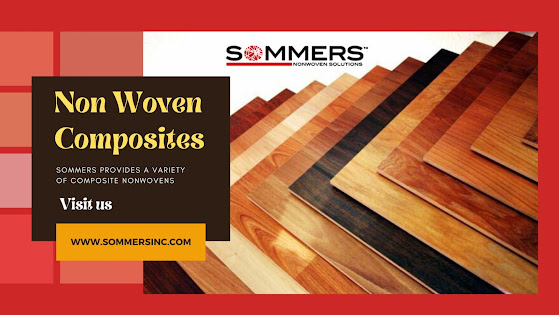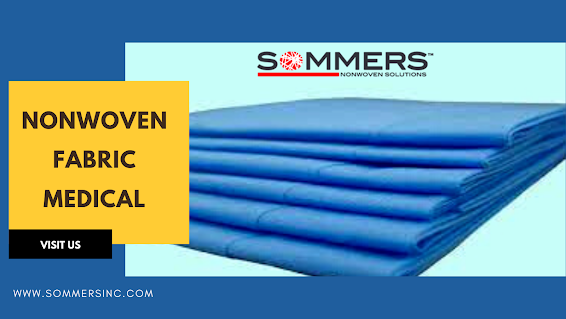All You Know About Es Non Woven Fabric

Introduction: In the realm of non-woven fabrics , ES (Electrostatic) Non-Woven Fabric stands out as a remarkable innovation. This versatile material has found its way into numerous industries, proving its mettle in various applications. Let's delve into the intricacies of ES Non-Woven Fabric and discover why it has become a staple in modern manufacturing. Understanding ES Non-Woven Fabric: Unraveling the Basics ES Non-Woven Fabric is a specialized material created through a unique electrostatic process. Unlike traditional non-woven fabrics, ES fabric undergoes an additional treatment, imparting it with enhanced properties that elevate its performance in diverse environments. Key Features: What Sets ES Non-Woven Fabric Apart 1. Superior Filtration Efficiency: ES Non-Woven Fabric boasts exceptional filtration capabilities, making it ideal for applications in healthcare, cleanrooms, and air filtration systems. The electrostatic charge attracts and captures particles, ensuring a higher...






.png)